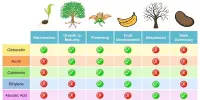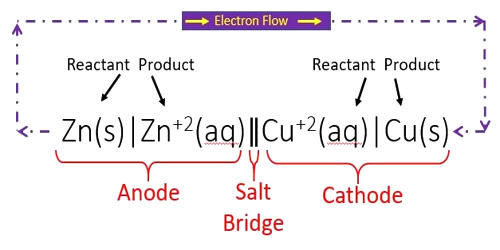Molecular paleontology is a relatively new interdisciplinary field that uses molecular techniques to study the evolution and relationships of ancient organisms. It combines principles from paleontology, molecular biology, and genomics. It refers to the recovery and analysis of ancient human, animal, and plant remains for DNA, proteins, carbohydrates, or lipids, as well as their diagnostic products.
The study of evolutionary events, species diasporas, and the discovery and characterization of extinct species have all benefited from molecular paleontology. Traditional paleontology is based on the study of fossils, which are preserved remains or traces of extinct organisms. Molecular paleontology takes a different approach, looking at ancient biomolecules like DNA, proteins, and lipids to learn about the evolution of life.
Advances in molecular paleontology have allowed scientists to pursue evolutionary questions on a genetic level rather than relying solely on phenotypic variation. The level of relatedness between any two organisms for which DNA has been recovered can be quantified by applying molecular analytical techniques to DNA in recent animal remains.
Key aspects of molecular paleontology include:
- Ancient DNA (aDNA): The extraction and analysis of ancient DNA from well-preserved fossils is a major focus of molecular paleontology. While DNA degrades over time, under certain conditions, it can last for thousands or even millions of years. ADNA can be used by researchers to investigate the genetic relationships between extinct and extant species, track evolutionary changes, and better understand population dynamics.
- Proteomics and Lipidomics: Aside from DNA, researchers are interested in ancient proteins and lipids. Proteomics is the study of ancient proteins in order to gain insight into the functional aspects of ancient organisms. The study of ancient lipids, which can provide information about the composition of cell membranes and other biological structures, is the focus of lipidomics.
- Molecular Clocks: Molecular paleontology utilizes molecular clock techniques to estimate the timing of evolutionary events based on genetic data. By comparing the genetic differences between species and the rate at which mutations accumulate, researchers can estimate when specific lineages diverged.
- Evolutionary Relationships: Molecular paleontology contributes to our understanding of the evolutionary relationships between different species and the tree of life. This includes studying the relationships among extinct species and their connections to modern organisms.
- Paleogenomics: This entails the sequencing and analysis of ancient organisms’ genomes. Researchers have been able to obtain genomic data from ancient specimens thanks to advances in DNA sequencing technology, providing a wealth of information about the genetic makeup of extinct species.
Scientists have gained new insights into the divergence and evolutionary history of countless recently extinct organisms by using various biotechnological techniques such as DNA isolation, amplification, and sequencing. Scientists reported for the first time in February 2021 the sequencing of DNA from animal remains, in this case, a mammoth over a million years old, the oldest DNA sequenced to date.
















